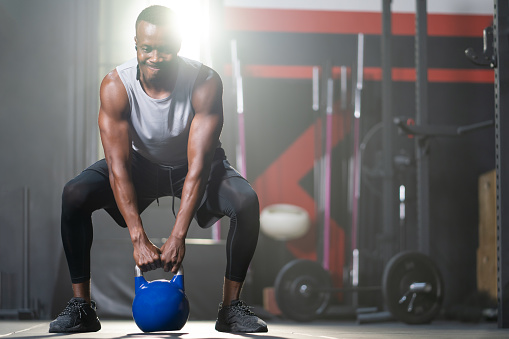There’s nothing more unpleasant than wearing wet clothes? Being a child living in Cornwall, UK, which has an average of about 156 rainy days per year, and an ability to experience the four seasons all in one day, I’ve taken my fair share of dog walks in the rain or thru-hikes as well as bicycle rides. If I stayed inside each occasion that the weather was bad, honestly, I’d never go out so an appropriate waterproof jacket is now one of my essentials.
All waterproof jackets aren’t manufactured equally. So, even though a see-through poncho might be perfectly sufficient to wear for a rainy weekend but it’s not going to assist in a snowstorm. Here are the things you should look at.
The difference is what’s between water-repellent and waterproof?
If you want proper protection against the elements and elements, choose a waterproof jacket and not just water-resistant. Waterproof gear can provide protection from light rain, however, it allows water to enter quickly.
A waterproof jacket is able to stand against the harshest of conditions, however, if you don’t buy one that’s breathable, you’ll get sweaty areas on the interior of the jacket instead. While exercising vigorously, the jacket will be feeling uncomfortable and wet. Finding a jacket with waterproof membranes is a good way to make sure that the garment is comfortable and lets the moisture out. You can look into getting an Arcteryx beta lt jacket for your next adventure because it is light weight but it offers good protection from the rain.

You’ve probably heard about Gore-Tex, the most well-known waterproof membrane on the market. It works by using small pores that are just small enough to keep drops of rain from getting into the jacket, yet big enough to let sweat evaporate. It’s far from the only waterproof membrane available on the market these days and a variety of outdoor brands now offer distinct versions of the membrane.
If your jacket isn’t as waterproof as it used to be, the good thing is that you don’t necessarily have to purchase a new jacket. A water-repellent, durable coat (DWR) applies to the exterior of a water-resistant or waterproof jacket. In the event that your jacket is beginning to lose its impermeability, it’s very easy to apply a DWR yourself. To determine whether your jacket needs the DWR topping-up, spray it with water and see whether the water evaporates and is able to slide off. If the water does not, you’re okay. If it’s leaving the area wet and dark fabric, then it’s time to buy a DWR replenishment product and recoat your coat.
What is the best way to know what level of protection a waterproof jacket can provide me?
There’s a useful scale to use, and a lot of outlets will have a waterproof rating on their jackets. A minimum of 5,000mm is the level of waterproofing that is required to be considered waterproof not just water-resistant, however, this isn’t enough to stand against much other than light drizzle and drizzle. 10,000mm-15,000mm should be able to withstand the most severe downpours. 20,000mm and upwards is ideal for very intense deluges and extreme weather, but the jackets are generally much heavier.
What type of fit should I look for?
Since you’re unlikely to be moving around in only a bikini and a waterproof jacket, choose a coat that has enough space to layer. For hiking in three seasons and mountaineering, a jacket with a waterproof design that lets you wear a base layer and a jacket with a down layer underneath should be adequate, but if you’re partaking in winter mountaineering you’ll want something more spacious to allow you to layer.
What other features are helpful?
Check for jackets with taped seams. This means that the seams have been sealed, stopping the water from entering through the tiny holes. Storm flaps are an additional practical accessory: flaps that protect zips of the jacket also have a porous area in which rain could get in. Personally, for the majority of events, I’d recommend wearing a raincoat with an open hood. This keeps the rain from your eyes. Jackets with only a hood that is drawn up let the rain trickle down your face.
